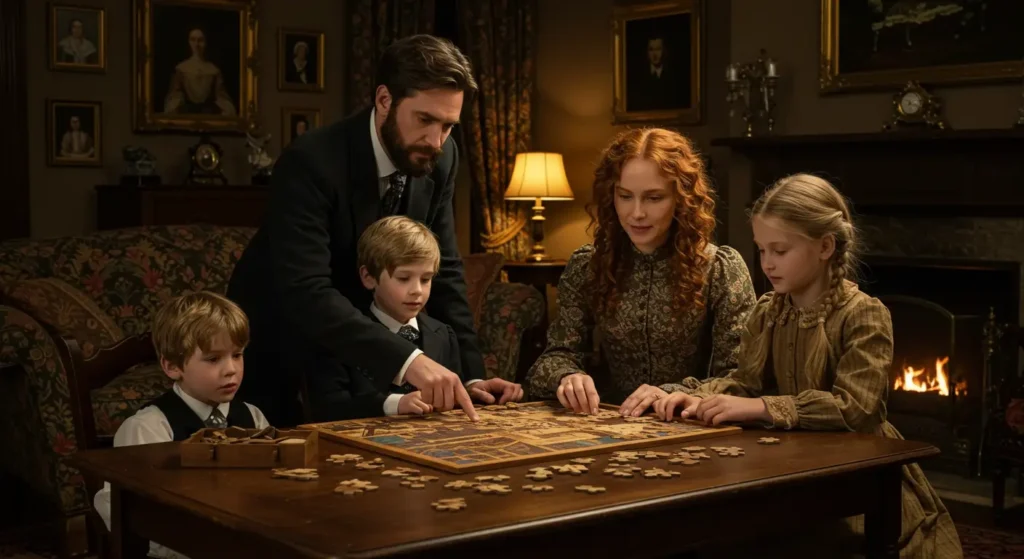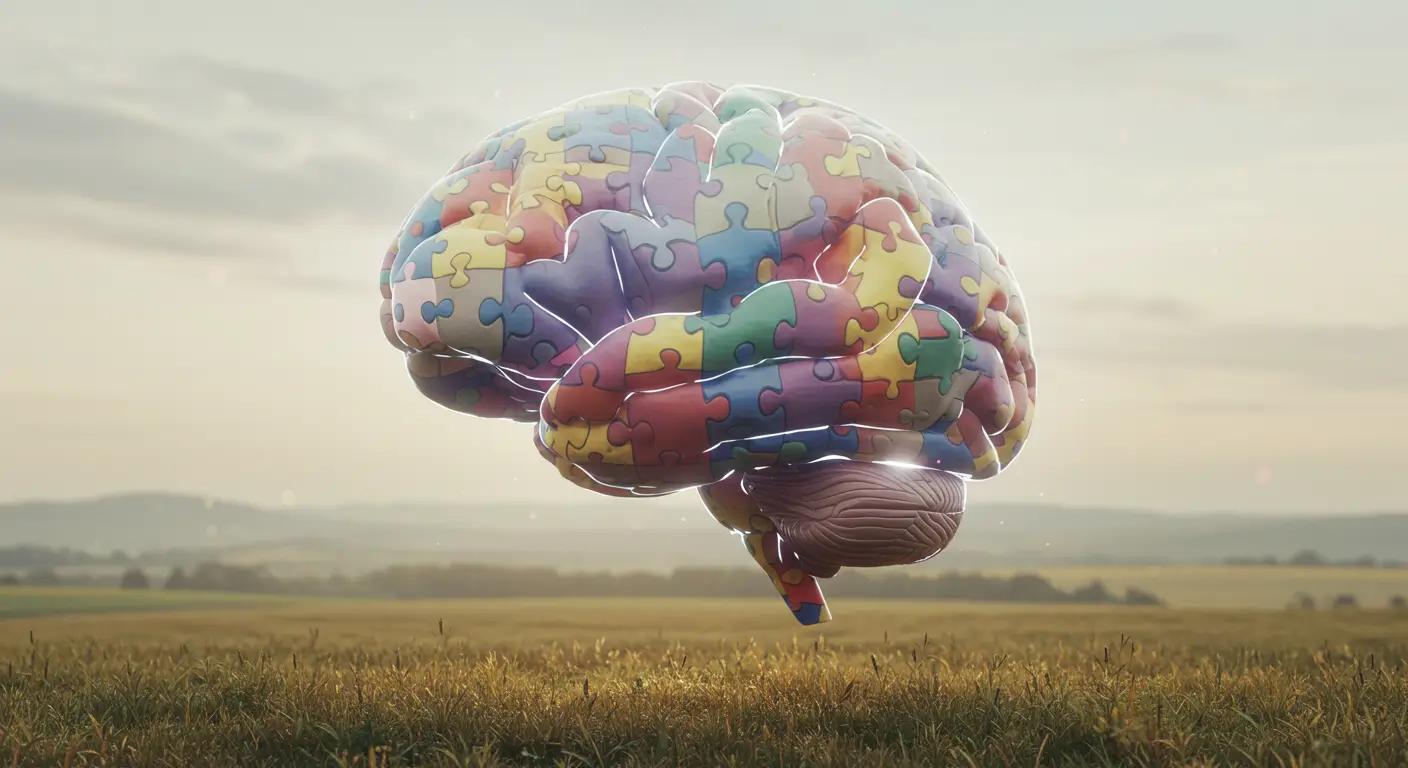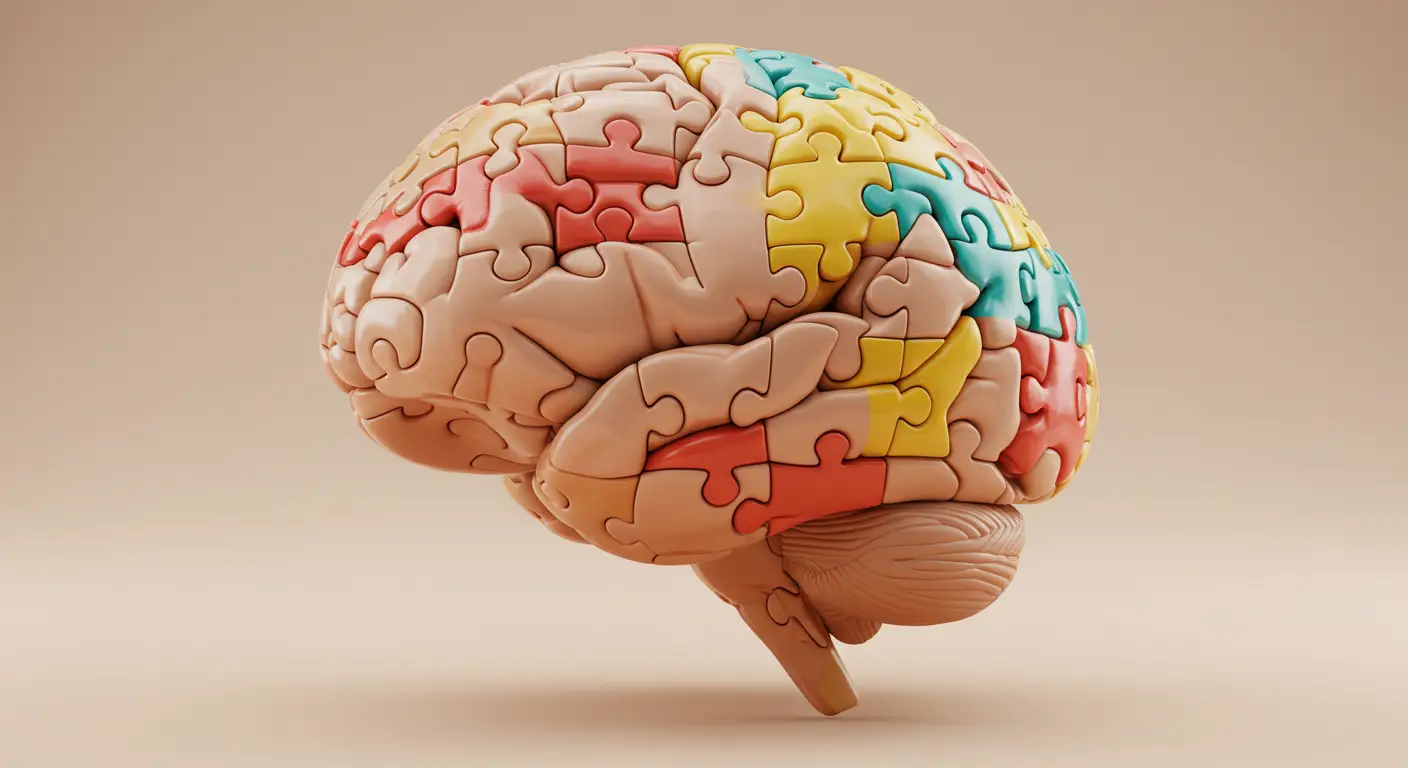
Jigsaw puzzles are loved by millions — from kids solving animal scenes to adults tackling 1,000-piece masterpieces. But have you ever wondered where jigsaw puzzles came from, and how they’ve evolved from simple wooden cutouts to the digital games we play online today?
Let’s take a journey through time and explore the fascinating history of jigsaw puzzles, from their invention in the 1700s to the modern mobile puzzle apps we enjoy now.
The History of Jigsaw Puzzles – From Wood to Digital
🪵 1700s – The Wooden Beginning
The very first jigsaw puzzles were created around 1760 in England by John Spilsbury, a London mapmaker. He pasted maps onto thin wooden boards and cut them into pieces to help children learn geography.
🎓 These were called “dissected maps” — the earliest version of educational puzzles.
🧩 1800s – Educational Tools Become Entertainment
By the 1800s, puzzles became more popular as a form of learning and play. Wooden puzzles were hand-cut with fine blades, often showing scenes of animals, ships, and world maps.
- Made mostly for upper-class children
- Expensive and handmade
- Still used mostly for education
🧠 Early 1900s – Mass Production and Fun for Adults
As puzzle popularity grew, companies began producing cardboard puzzles, making them affordable for everyone.
In the 1930s, during the Great Depression, jigsaw puzzles became a low-cost form of entertainment for families.
Adult puzzles also appeared — with more pieces, greater difficulty, and scenic art. Solving puzzles became a relaxing way to pass time at home.
💡 Late 1900s – Puzzle Innovation and Variety
From the 1960s onward:
- Puzzle shapes became more creative (not just square pieces)
- 3D puzzles were introduced
- Brands like Ravensburger and Milton Bradley became puzzle leaders
Puzzles became part of birthday gifts, school games, and family time.
📱 2000s – Digital Jigsaw Puzzles Arrive
With the rise of smartphones, tablets, and computers, puzzles took a new form — digital jigsaw puzzles. Now, players can:
- Solve puzzles on their phones
- Play in fullscreen with rotation and timer features
- Choose puzzles by category, difficulty, or mood
- Even upload their own images to turn into puzzles
I’ve personally tested many online jigsaw puzzles, and they offer the same joy and brain benefits — but without losing any pieces!
🌐 Today – Global, Instant, and Free to Play
Today, jigsaw puzzles are:
- Free to play online
- Available on all devices (mobile, tablet, desktop)
- Great for memory, focus, stress relief, and pure fun
- Played by kids, teens, adults, and seniors worldwide
Whether it’s a cute kitten puzzle or a peaceful nature scene, jigsaw puzzles have come a long way from their wooden roots.
✅ Final Thoughts
The history of jigsaw puzzles is a perfect example of how simple ideas can evolve over centuries. What began as a learning tool for children in 18th-century England is now a global pastime that anyone can enjoy — from wooden boards to touch screens.
No matter the format, jigsaw puzzles will always challenge our brains, bring calm, and connect generations — one piece at a time.
🧩 Want to try a puzzle now?
👉 Click here to play a free jigsaw puzzle online in full screen!



